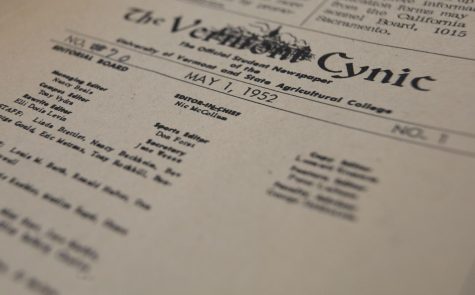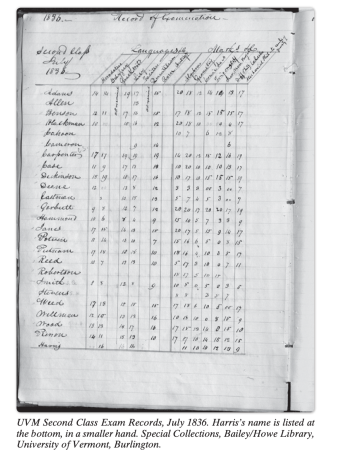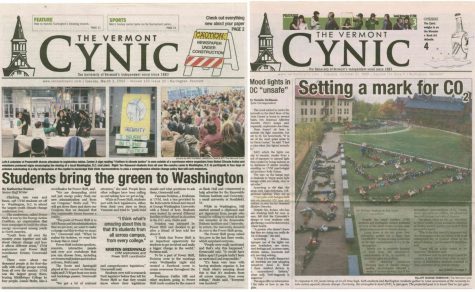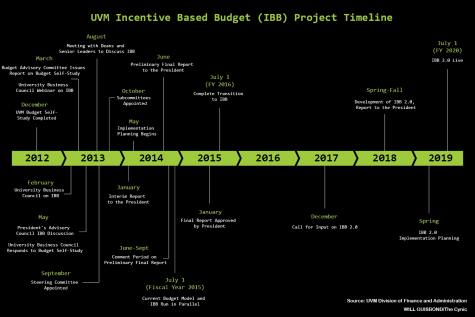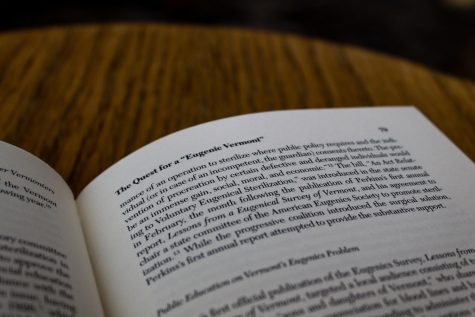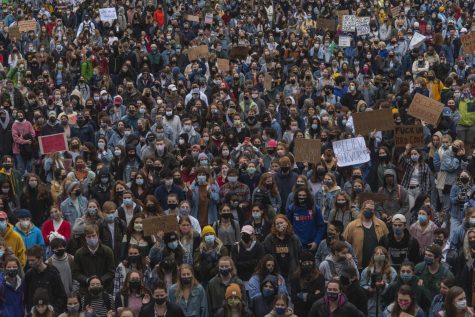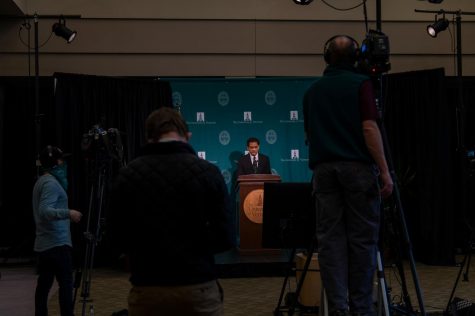Calculating the Livable Wage in Vermont
Livable Wage is the hourly rate that a person in a given family situation needs to earn in order to meet his/her basic needs.
These basic needs, as defined by the Vermont Joint Fiscal Office, include separate budgets for food, rent & utilities, transportation, child care, clothing & household expenses, telephone charges, a personal expense allowance, health care, dental care, renter’s insurance, life insurance, and savings.
When livable wage advocacy groups such as the Peace and Justice Center campaign for a livable wage, they use the number $12.02/hour, which is the amount determined by the Joint Fiscal Office of Vermont for a single person with no children, meaning that it does not include the cost of childcare, and is therefore lower than the wage required for a single parent with a child ($18.55/hour). There are six family situations that the JFO identifies, each with a different necessary wage.
The Livable Wage is what a person/family needs in order to meet their basic needs and function in society, it is not a survival budget, and thus it is different than both the minimum wage and the poverty line.
The poverty line is a federally determined number that is supposed to represent what a family needs to earn to maintain a minimum standard of living.
Anyone living below that amount of money is considered to be living in poverty. The federal government adopted a formal poverty line in 1969 and has been updating it in regards to inflation, but not in regards to the changes in household economies.
In the 1950’s, American families spent on average one third of their income on food, so the basic formula for the poverty line is the USDA determined economy food budget multiplied by three.
However, there are many critiques of the poverty line that the Livable Wage tries to compensate for. For example, the federal poverty line does not take into consideration that food no longer makes up 1/3 of family budget, instead it is about 1/6 of the budget, but other costs such as transportation, healthcare and childcare have increased since the 1960’s.
The Poverty Line also does not take into consideration geographic differences, and it is the same across the country. In Burlington, the cost of housing is high and there is the additional cost of heating.
The Minimum wage, currently $5.15/hour, is also a federally determined number that is meant to represent what one person needs to earn, working full time, to maintain a lifestyle above the poverty line. However, this number has not been adjusted since 1997 for inflation, and the increased costs of living. According to the Peace and Justice Center, if the minimum wage were updated since 1997, it would be $8.97/hour.
A state can set a minimum wage that is higher than the federal minimum wage, and employees are then entitled to that higher wage. In Vermont, the minimum wage is $7.00/hour, one of the highest in the country. However, a person working full time at this rate and supporting one child would still qualify for food stamps.
The Livable Wage is determined by the number of people and number of full time workers in a family. The 2005 Basic Needs Budget released by the Joint Fiscal Office includes six different family types and the amount of money each wage earner must earn to maintain a decent lifestyle for the family. These numbers include an employer-assisted health plan and a moderate food plan.


